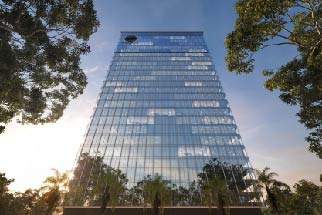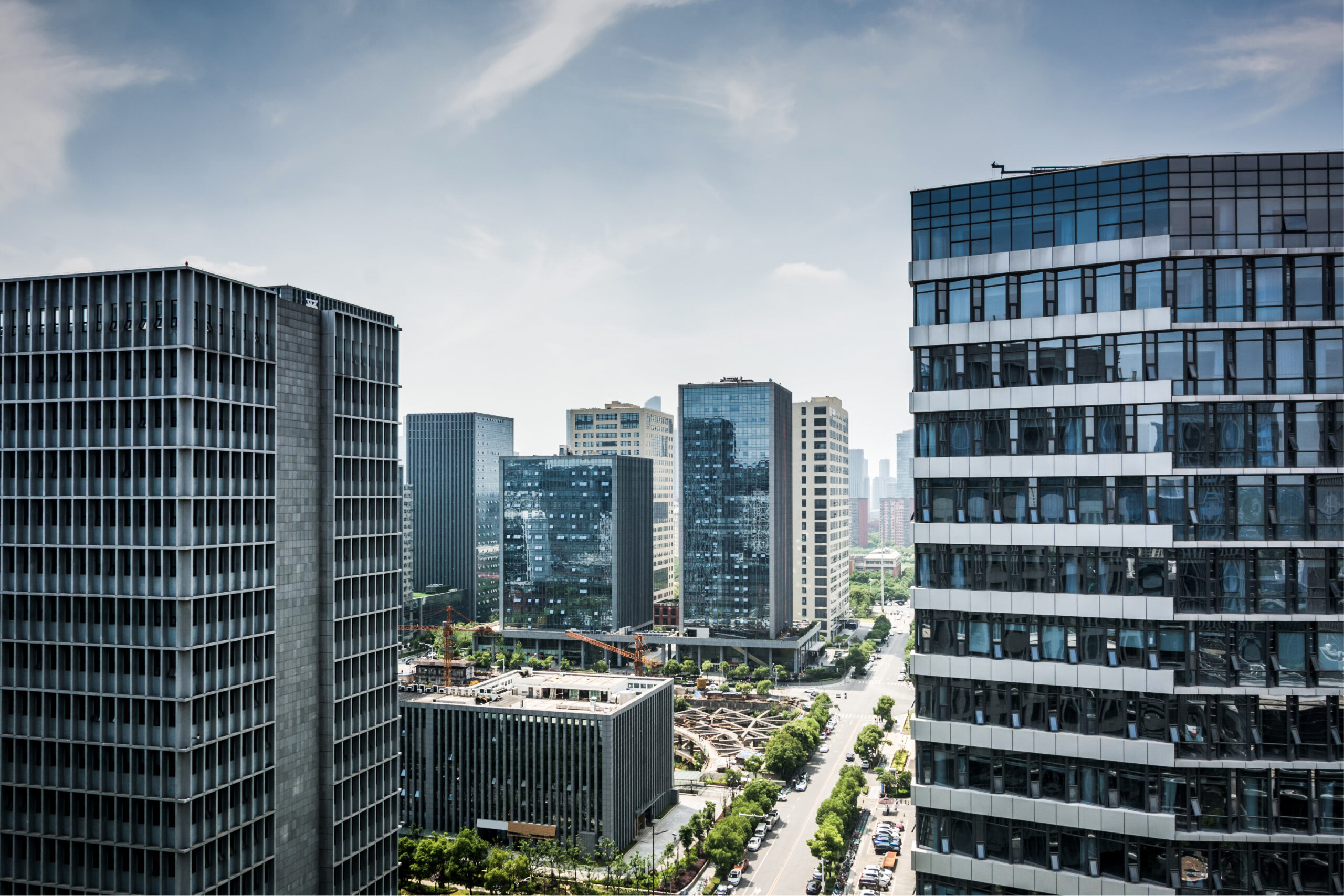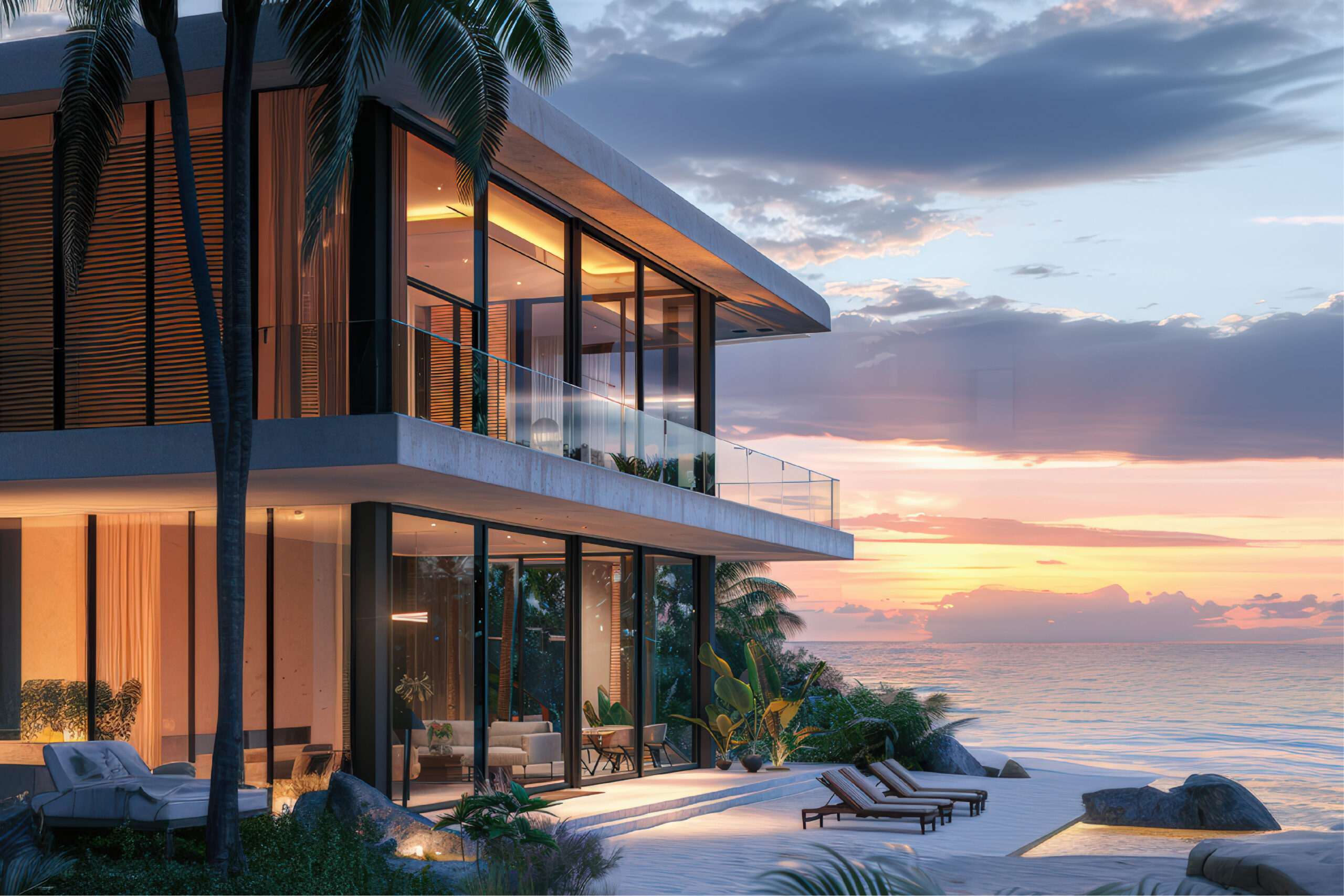
2024 delivered a record-breaking year in terms of absorption and sustainable supply. Leasing volumes hit historic highs, green-certified spaces gained overwhelming tenant preference, and development activity concentrated in markets with infrastructure depth and regulatory readiness. Additionally, it also laid down a blueprint for what investors must now focus on, in 2025. But to assess where commercial real estate is headed in 2025, it is essential to begin with the underlying patterns that defined the last calendar year.
2024 Commercial Real Estate Performance: Scale, Structure, and Signals for What’s Next
India’s office market achieved its highest-ever gross absorption in 2024, recording 79 million sq. ft. of leasing activity, a 16% year-on-year increase (CBRE Q4 2024). This expansion was led by Global Capability Centres, BFSI institutions, and technology majors, each demonstrating a preference for Grade-A and future-ready commercial assets.
What set this leasing cycle apart was not just the volume, but the structure of the demand. Key trends included:
- Long-Term Tenancy: Occupiers moved towards multi-year commitments, preferring lease durations that reflect long-term operational alignment and capex recovery stability.
- Escalation Clauses: Structured rent escalations, built into lease terms ensured predictable yield growth for asset owners and long-term visibility for investors.
- Compliance-Led Infrastructure: Tenants actively sought buildings with global compliance standards, digital readiness, and sustainability certifications such as LEED or IGBC.
- ESG-Centric Decision Making: Leasing preferences reflected increasing pressure from corporate ESG mandates, making green-certified buildings the default rather than the differentiator.
These shifts in leasing behaviour highlight more than market momentum, they indicate a set of qualitative filters now shaping both occupier and investor decisions. For 2025, recognising these benchmarks is essential to understanding where capital is consolidating and why certain assets are outperforming.
2025 Investment Blueprint
India’s commercial office sectors performance is being driven by a multitude of factors. As capital becomes more discerning, three critical filters have emerged at the centre of commercial real estate decision-making: sustainability, grade relevance, and micro-market precision.
Sustainability
In Q4 2024, over 50% of new office completions were green-certified, with 80–85% of future pipeline expected to follow this trend (CBRE Q4 2024, ET Realty). Furthermore, more than 70% of leasing activity took place in green-certified buildings, underscoring ESG compliance as a central occupier requirement.
This transition not only reflects a regulatory obligation, but also a core strategic priority for global tenants. Corporate sustainability goals and green-certified infrastructure is now non-negotiable. Developers are adjusting accordingly, embedding compliance, energy efficiency, and smart design from the outset.
Grade Relevance
India’s commercial leasing landscape in 2024 was dominated by the surge in demand for Grade-A office assets. Gross leasing activity across the top six cities reached 47 million sq. ft. by Q3, representing a 23% year-on-year increase, and by year-end, Grade-A absorption was projected to cross 60 million sq. ft., the highest in India’s history (Economic Times).
But even within the Grade-A category, a deeper shift is underway. The market is now favouring “relevant-grade” buildings, assets that go beyond minimum classification standards to deliver digital integration, ESG compliance, wellness infrastructure, and future-proof layouts.
Micro-Market Precision
Alongside sustainability and grade, micro-market selection is emerging as a third determinant of asset performance. Institutional capital is not spreading widely, it is going deep, favouring established corridors with infrastructure depth, high occupier density, and regulatory clarity.
This targeted deployment is most evident in Pune, Bengaluru, and Hyderabad. These cities accounted for 67% of India’s total new office completions in 2024, contributing to a cumulative 52.3 million sq. ft. of new supply (CBRE Q4 2024). Within these cities, select submarkets have consistently absorbed the bulk of institutional leasing activity due to their alignment with occupier priorities, operational resilience, and compliance infrastructure.
Among these, Pune, and more specifically, Kharadi NX, has evolved from a promising node to a strategic investment destination, setting a new institutional standard in micro-market performance.
Pune and Kharadi NX: A High-Conviction Market promising Growth
With robust infrastructure, a strong tenant base, and high-grade development activity, Pune ranked among the top three cities for leasing and new completions in 2024. Within this landscape, Kharadi NX has also transitioned from a growth node to a fully institutionalised commercial corridor. It now offers the core fundamentals that investors seek: connectivity, tenant concentration, and scalable asset formats designed for long-hold performance.
Key drivers fuelling Kharadi NX’s ascent include:
- Proximity to Pune International Airport and the Central Business District
- Upcoming connectivity via Pune Metro Line 2 and the Ring Road corridor
- Presence of global occupiers across IT, BFSI, and consulting sectors
- Availability of LEED- and IGBC-certified campuses with flexible layouts and integrated ESG infrastructure
One of the key developments include Omicron Business Landmarks, a project that exemplifies the market’s direction. It features high-efficiency office formats, integrated ESG infrastructure, and strategic connectivity, making it well-positioned to attract long-term, high-value tenants.
And we at SQUAREA, specialise in identifying such institutional-grade commercial assets across India’s most resilient and performance-led markets. Whether your objective is income yield or long-hold appreciation, our expert team will align your strategy with developments that meet international benchmarks and domestic regulatory confidence. Write to us at hello@squarea.io or call +91 90 9641 9641 to capitalise on this opportunity strategically!




